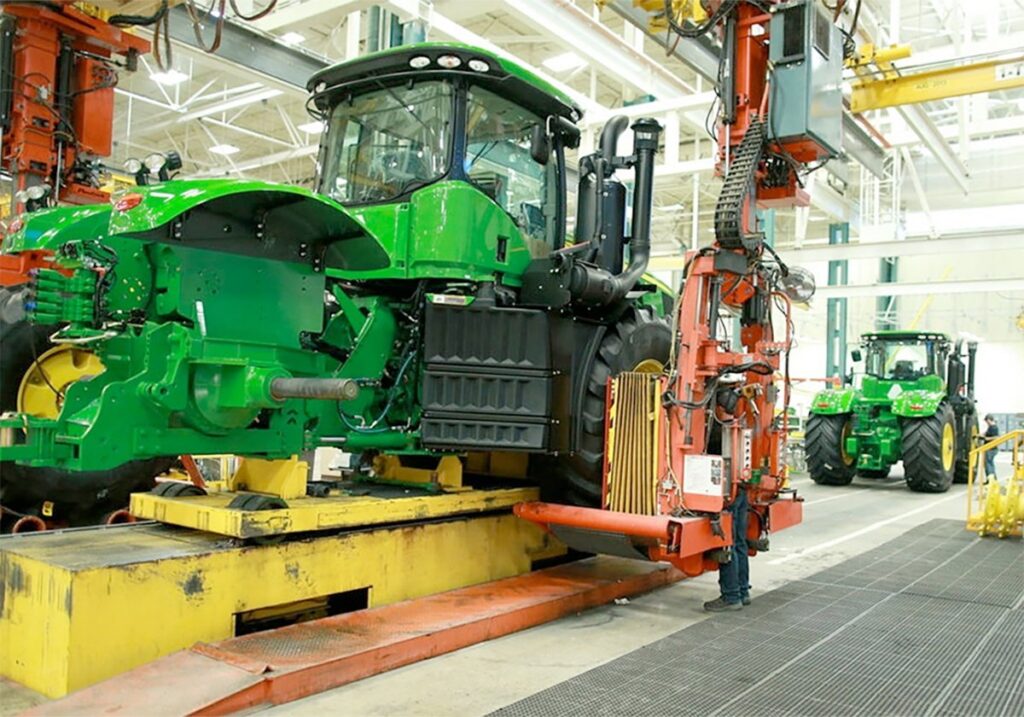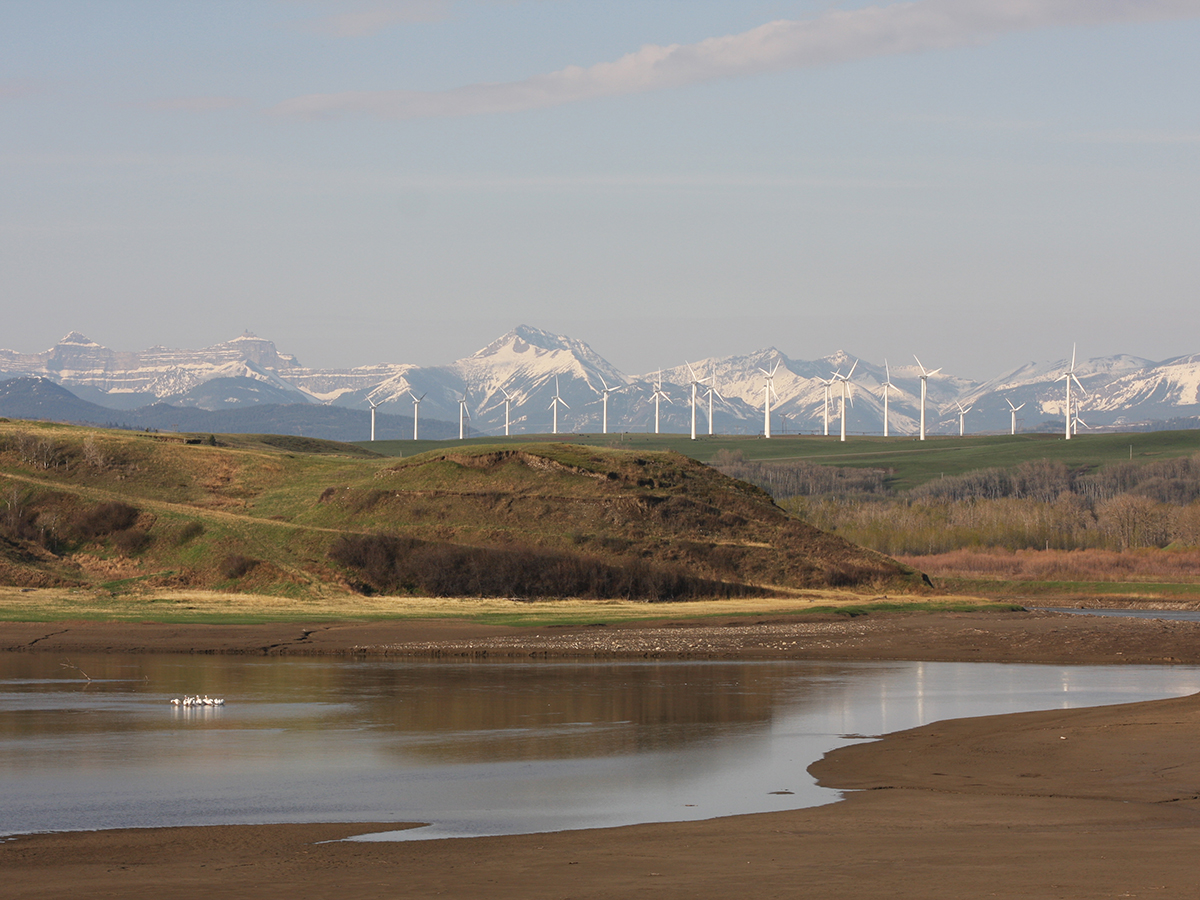Farm equipment sales sector sees significant structural changes

Sales of new farm equipment have been declining quite dramatically in North America over the past couple years.
Major manufacturers, as well as short-line operations, are feeling the pinch, reducing production and laying off workers.
Ben Voss is an engineer who has worked in various capacities for a number of farm equipment manufacturers over the course of his career. He also farms in Saskatchewan.
Read Also


Sustainability is dead? Long live sustainability
Every farmer I have ever spoken to is intent on passing along their farm in better shape for the next…
He says farm equipment sales have been declining each year since 2021-22 and that this is one of the tougher times in the industry over the past 20 years.
While it’s natural to blame soft grain prices and the drop in farm income, Voss believes structural changes in agriculture are a big contributor to this downturn.
Others in the industry may be coming to the same conclusions, but insiders tied to a firm may be hesitant to talk about this elephant in the room.
Voss has gone public with his analysis, posting a couple in-depth articles on LinkedIn.
Manufacturers tend to target the sale of large, high-tech equipment to large farmers. That’s where the demand has been for new equipment.
In the past, a ready market has existed for two-or- three-year-old used equipment as those large farmers ungraded to newer and better.
Voss argues that large operations now farm a big percentage of the total land base, and the number of second-tier buyers isn’t large enough to maintain good prices on used equipment.
Therefore, prices are soft and dropping in many used equipment categories. This is especially true in combines.
Voss points to a situation where a large, new John Deere combine with only a couple hours on it sold for auction at $400,000 less than new price. While this is an extreme example, it illustrates the magnitude of the issue.
In a market saturated with big equipment just a few years old, sale prices drop, and that has wide-ranging implications.
When you figure out what equipment costs you per acre, you typically assume a salvage value — the value you get when you trade off the machine. As salvage values drop, the cost per acre for a machine rises dramatically.
This also has a big impact on the equipment leasing market.
All the equations change when equipment depreciates much faster than anticipated.
Large farms calculating their costs are less likely to trade machines as quickly. Low-hour used equipment increasingly looks like a bargain compared to buying new.
Another pertinent aspect to the discussion is technology and whether the increasing software and computers on new equipment will stand the test of time.
Voss and others worry that the technology may become obsolete or unserviceable long before the mechanical aspects of the machine are worn out. Manufacturers are only required to provide parts for 10 years.
What good is a sprayer if the monitor fails and can’t be fixed or replaced?
Voss argues that equipment should come with a “manual” mode so it can still be functional without some of the precision agriculture technology.
Farm equipment sales have always seen ups and downs through the years, but this downturn may not be solved by an uptick in farm income.
Look at how much excess equipment capacity is sitting on dealer lots. How many new units will be sold if the depreciation rate is going to be so extreme?
Voss makes compelling arguments for why this is a structural change for which the industry will need to adapt.
Kevin Hursh is an agricultural journalist, consultant and farmer. He can be reached by e-mail at kevin@hursh.ca.
Source: producer.com


